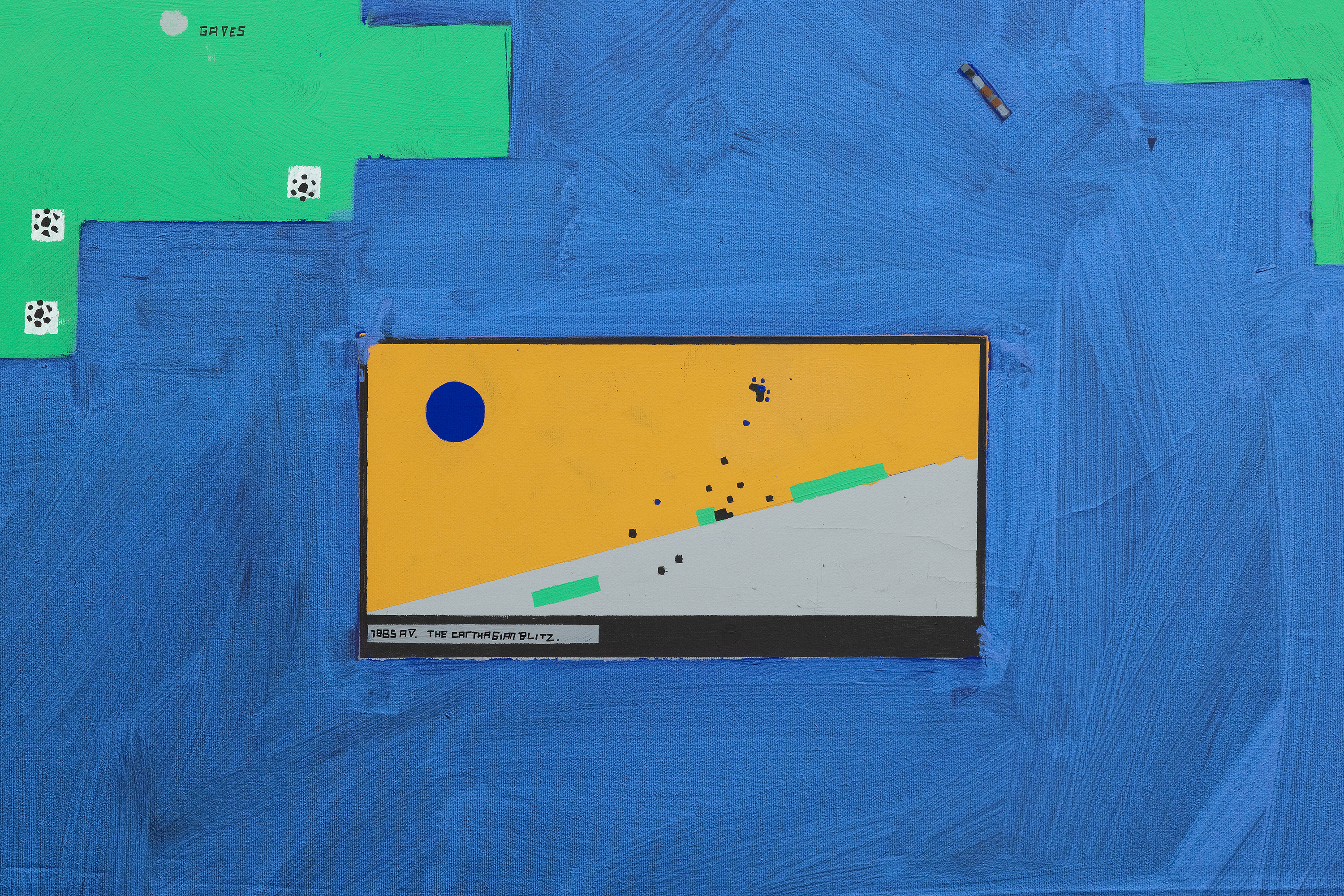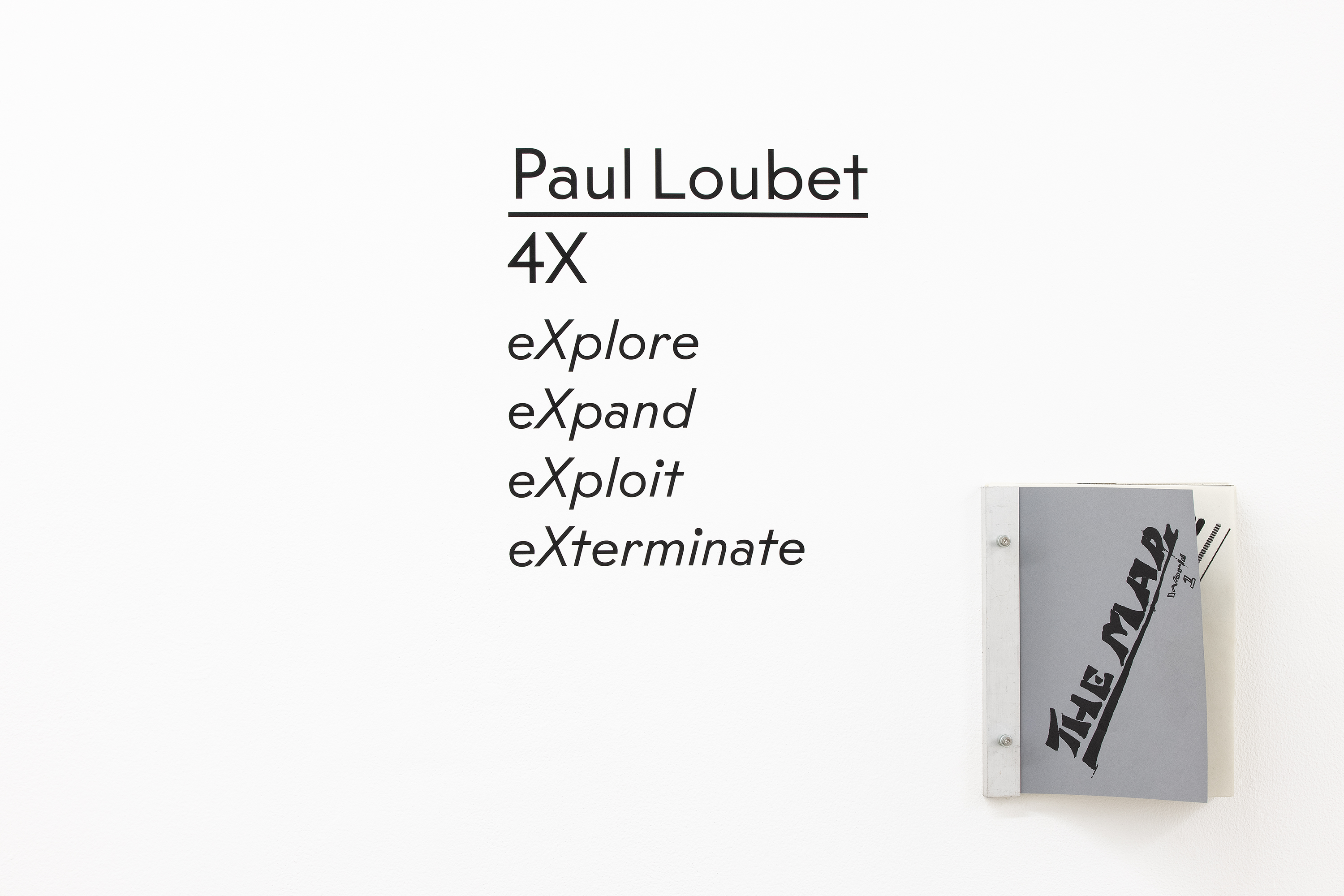//// eXplore eXpand eXploit eXterminate
YEAR 2022
WHAT Solo show
WHRE CRAC Occitanie / Sète [FR]
INFO Curated by Marie Cozette
INFO Performance by Samir Boumediene
PICS By Yohann Gozard
This project follows a 3-month residency in Rome as part of the 2021 Villa Médicis Occitanie Prize. The research focused on Civilization II, a strategy and conquest game centered on creating an empire through the destruction of all surrounding civilizations. It belongs to the broader family of "4X" games (eXplore, eXpand, eXploit, eXterminate), where imperialism and cultural domination are key elements, with extermination marking the final stage. These games reflect a long history of civilizations at their most brutal.
The residency also involved the study of the Vatican’s Galleria delle carte geografiche, a 120-meter-long gallery painted by Ignazio Danti between 1580 and 1585, which reveals striking parallels with the isometric views used in games like Civilization. During the research, the script of a 1990s game was uncovered on the internet. All the data of the script were analyzed to transcribe this 20-hour game session, representing 5,000 years of civilization, which then inspired a whole new series of map inspired artworks.
One of these works is a large triptych depicting the endgame scenario of a world map where Rome dominates all other players, crushing the Mongols, Vikings, and Sioux after landing on the Moon in 1862.
VIDEO
VISITOR GUIDE
MAP BLOG
























